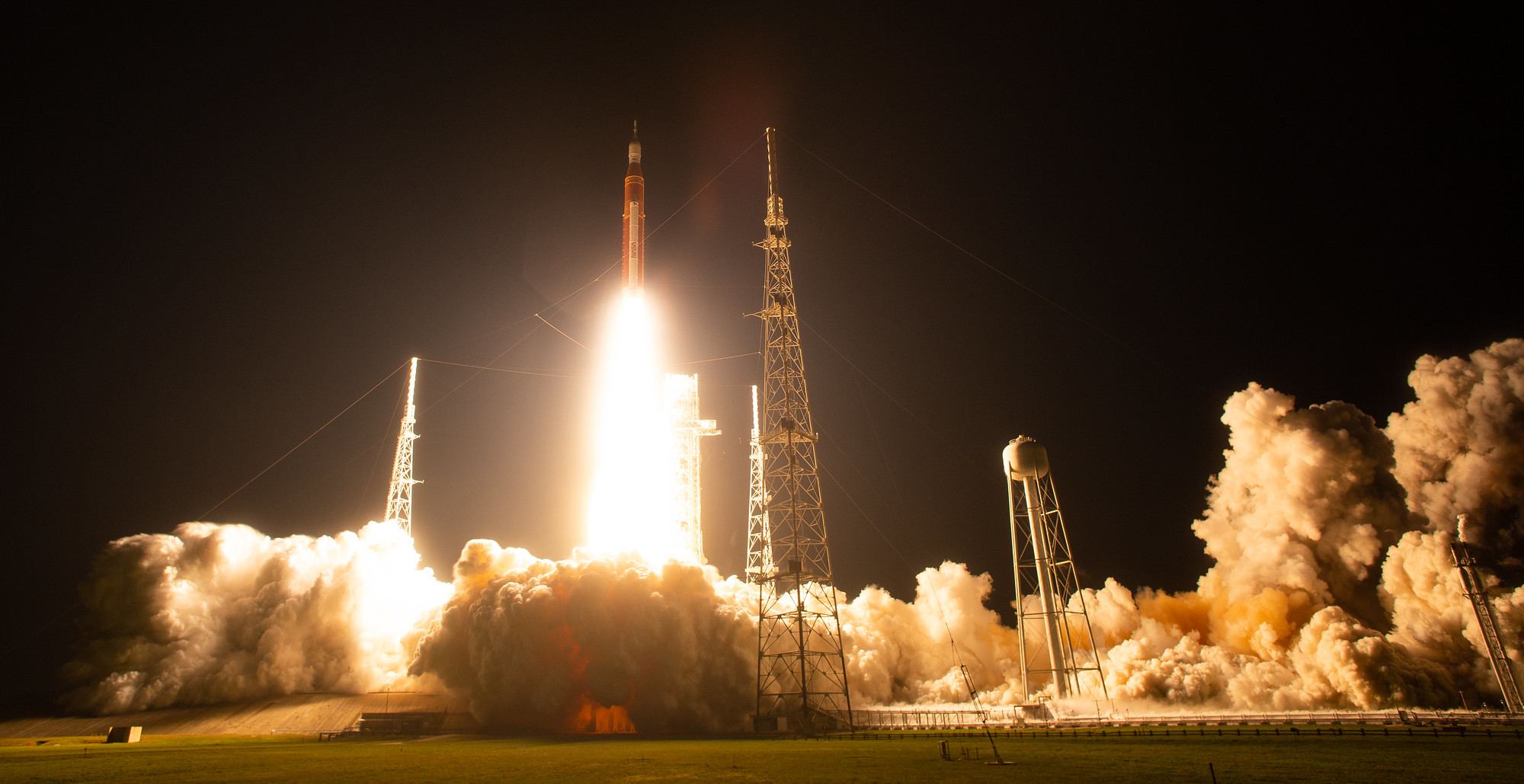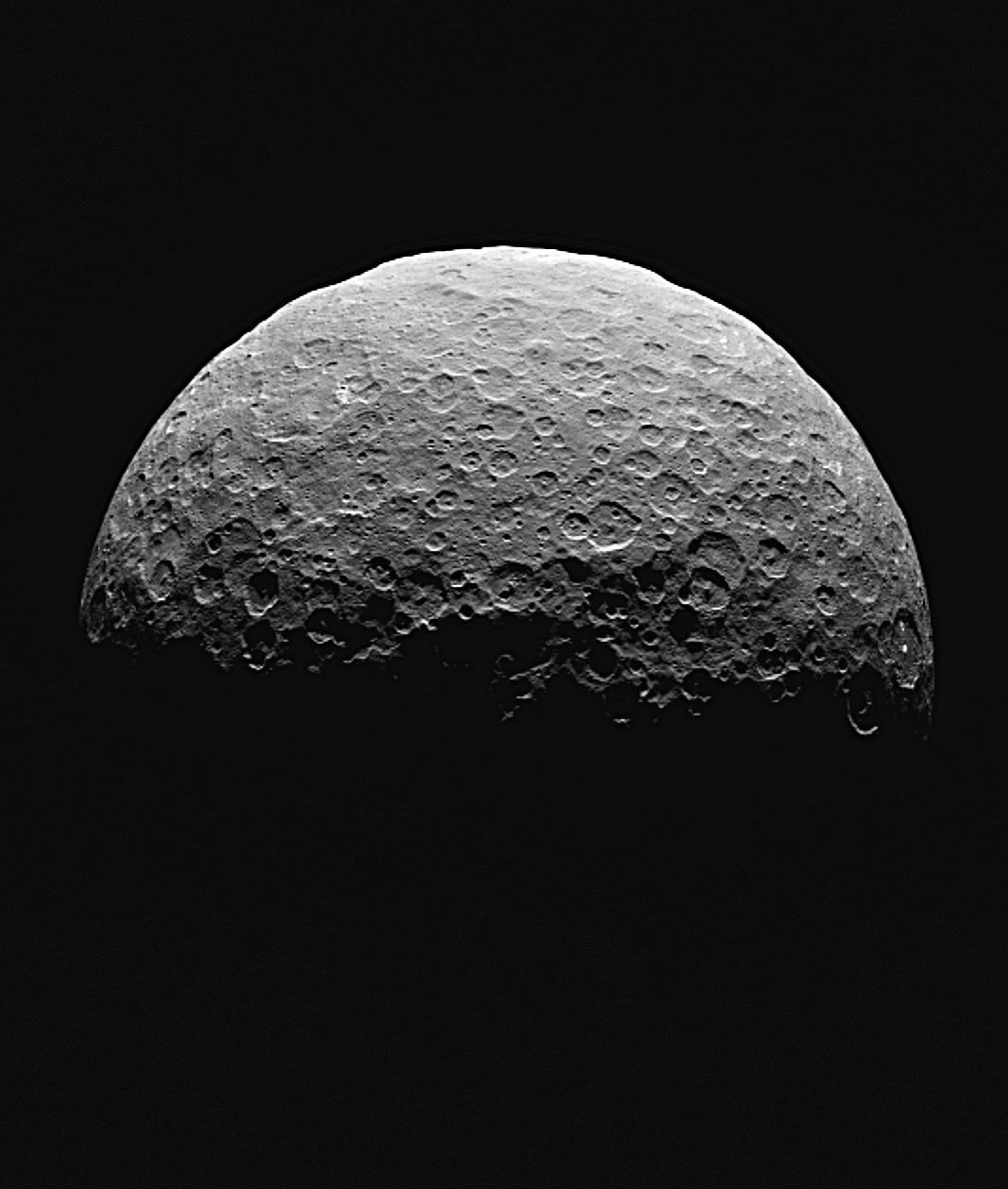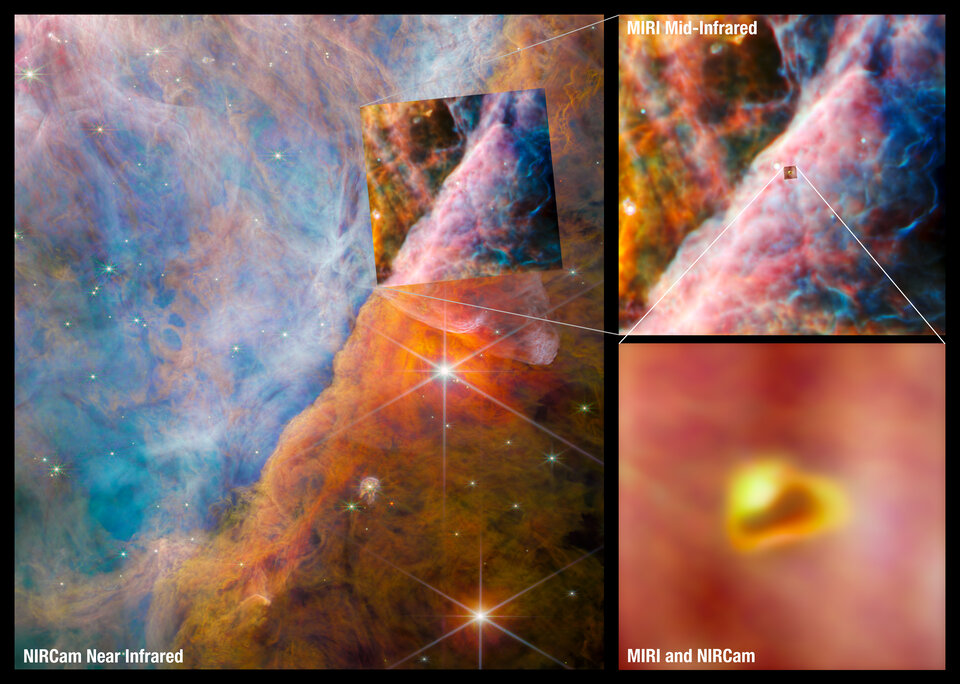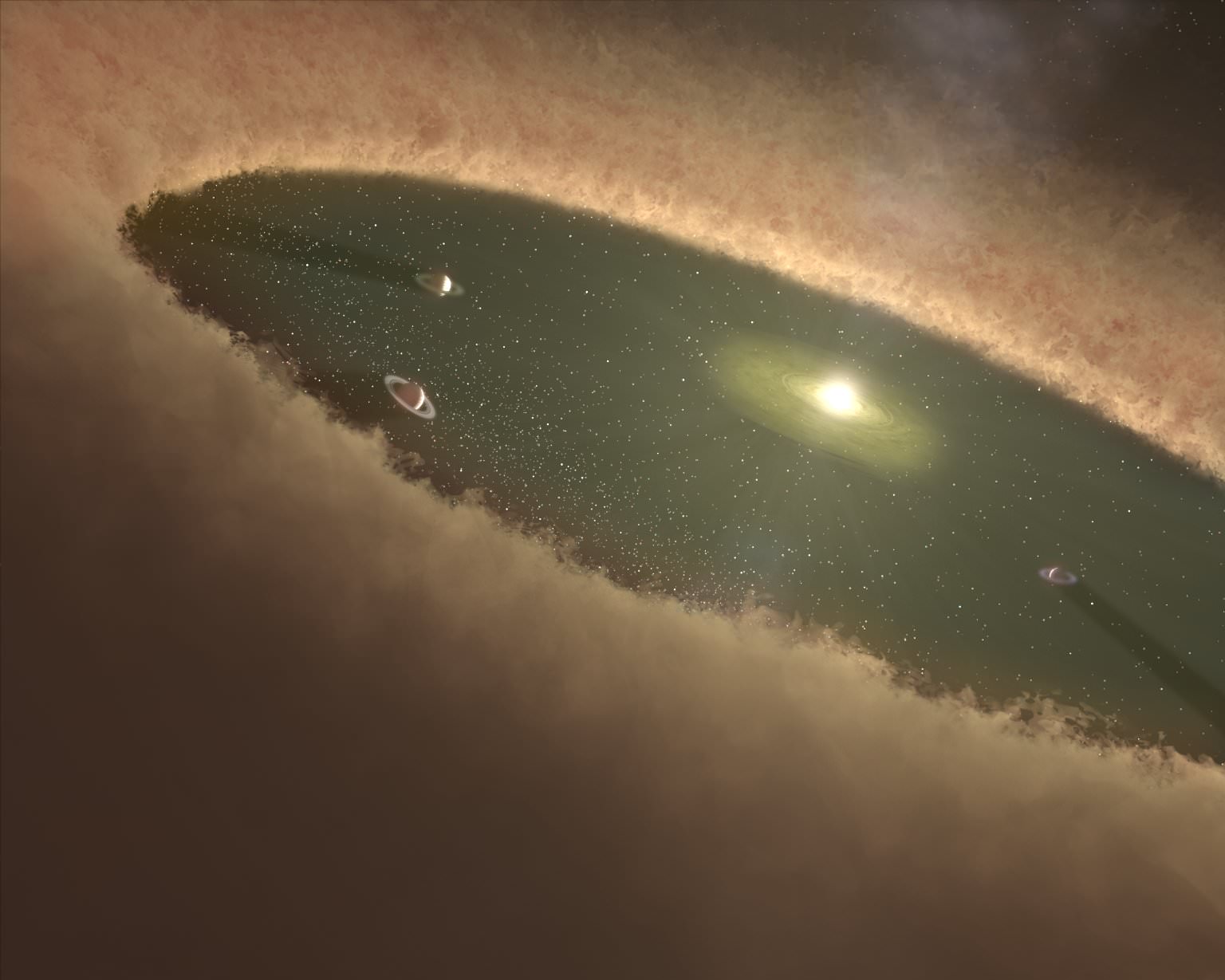Saturn’s ocean moon, Enceladus, is attracting increasing attention in the search for life in our Solar System. Most of what we know about Enceladus and its ice-covered ocean comes from the Cassini mission. Cassini ended its exploration of the Saturn system in 2017, but scientists are still working through its data.
New research based on Cassini data strengthens the idea that Enceladus has the chemicals necessary for life.
Continue reading “Enceladus has All the Raw Materials for Life”









